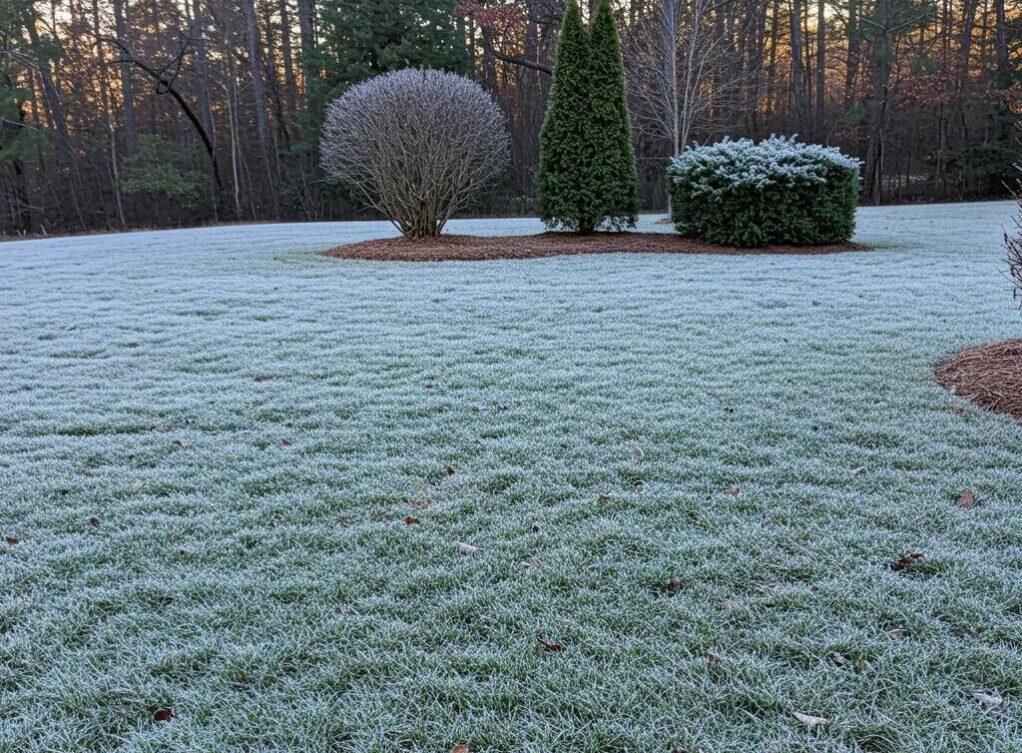As Georgia’s vibrant autumn begins to fade, taking proactive steps to prepare your lawn and garden for winter is essential for protecting your landscape investment and ensuring a healthy, vibrant resurgence in the spring. The state’s unique climate—with its mild but unpredictable winter temperatures and potential for frost—requires specific care, from winterizing sensitive plants and applying the final fertilizer of the season to safeguarding irrigation systems and managing fallen leaves. In this guide, we’ll walk you through a practical, step-by-step approach to winter landscaping preparation tailored for Georgia homeowners, helping you fortify your outdoor space against the colder months and set the stage for a lush, thriving yard come spring.
Winter Landscaping Preparation Tips Every Homeowner Needs
What Are the Must-Do Winter Lawn Care Tasks for Georgia Homeowners?
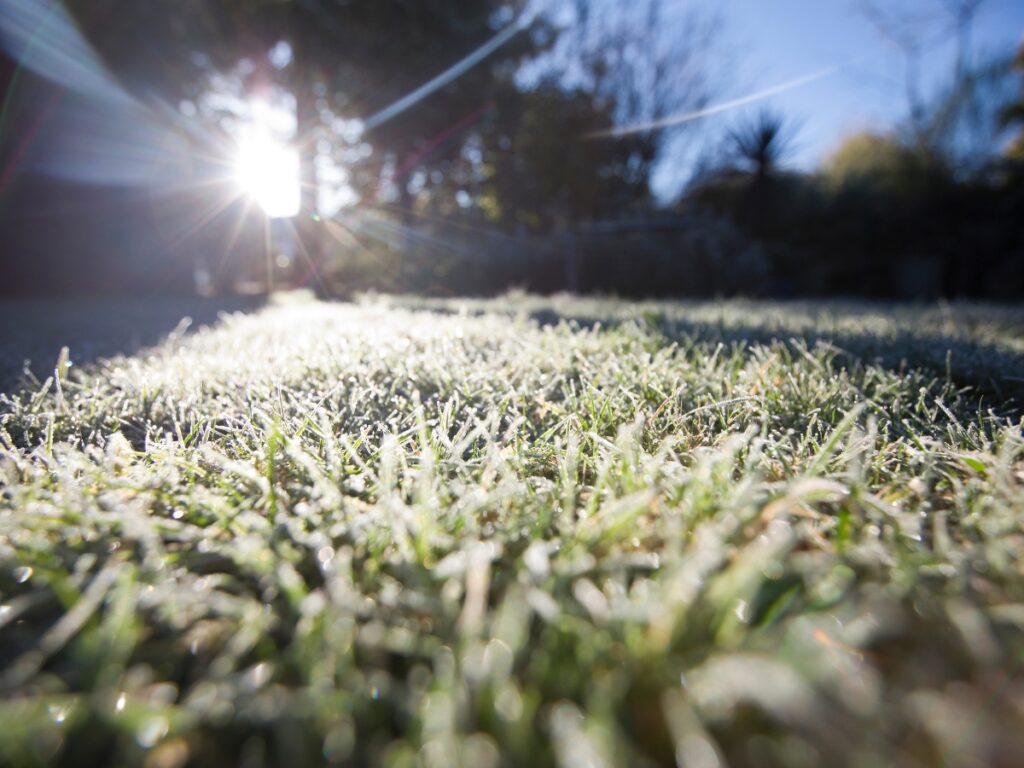
When it comes to winter landscaping preparation in Georgia, your lawn care strategy should focus on helping grass recover from cooler temperatures while strengthening root systems for spring. Adjusting how you mow, water, fertilize, and control weeds will make a big difference in how well your lawn weathers the cold and how quickly it bounces back when warmer weather returns.
Which Grass Types Do Well in Georgia Winters, and How Do They Behave?
Different grass varieties respond differently to winter conditions, and knowing how yours behaves helps you plan the right care routine. Warm-season grasses like Bermuda and Zoysia go dormant and turn brown, so it’s best to raise your mowing height slightly and minimize foot traffic to protect them. Centipede grass slows its growth and can be sensitive to stress, so applying a potassium-rich fertilizer in late fall will help it handle the cold. Tall fescue, a cool-season grass, keeps growing moderately during winter and only needs occasional mowing and steady moisture to stay healthy.
How Should You Adjust Your Mowing Routine for a Healthy Winter Lawn?
Mowing less frequently and at the right height is key during colder months. Cutting grass to about 2 to 3 inches encourages deeper root growth and shields the crown from frost damage. Once daily highs drop below 70°F, mowing every two to three weeks is usually enough. Sharp mower blades are essential because they create cleaner cuts, reducing stress on your turf and lowering the risk of disease.
When and How Much Should You Water During Georgia Winters?
Even in winter, watering matters. Giving your lawn a deep watering before a freeze can help insulate the soil and protect root systems. Aim for about half to three-quarters of an inch during dry spells when daytime temperatures are above 55°F. If frost is expected, skip watering to avoid creating icy patches. Consistent soil moisture during winter strengthens roots and helps your lawn transition more smoothly into spring.
What Fertilizers Work Best for Georgia Lawns in Winter?
Fertilizers rich in potassium are ideal in late fall or early winter because they build root strength and improve cold tolerance. A slow-release fertilizer with a balanced nutrient ratio can maintain soil health and support strong spring growth. Natural amendments like composted organic matter also help improve soil structure while providing essential micronutrients. Applying the right fertilizer at the right time ensures your lawn stays resilient through the colder months.
How Can You Effectively Control Winter Weeds in Georgia Lawns?
Weed control is an essential part of winter landscaping preparation. Applying a pre-emergent herbicide in early fall prevents annual weeds like chickweed and poa annua from germinating. If weeds still appear, a post-emergent herbicide applied when temperatures are above 45°F can stop them from spreading. Keeping your lawn free of debris also improves herbicide effectiveness and prevents weed seeds from taking root.
Preparing Your Landscape Beyond the Lawn
Once your winter lawn care routine is set, it’s time to think about protecting other parts of your landscape. Covering delicate plants before a freeze, adding mulch around shrubs and trees, and pruning damaged branches can all help your garden withstand cold snaps. With proper winter landscaping preparation, your yard will not only survive the colder months but thrive when spring arrives.
How Can You Shield Your Georgia Plants and Garden from Frost and Freezing?

Successful winter landscaping preparation in Georgia means more than just caring for your lawn. Protecting plants from frost requires thoughtful planning, proper insulation, and careful moisture management to prevent cold damage to shrubs, trees, and perennials. Starting these preparations before the first freeze is key to helping your plants survive the colder months and thrive again in spring.
Which Plants Are Most Vulnerable to Frost in Georgia?
Some plants are much more sensitive to temperature drops than others. Citrus trees, camellias, mandevilla vines, and tender annuals like impatiens and basil can suffer serious damage when temperatures dip near 32°F. These types often need extra attention, whether that means moving container plants indoors, covering them on cold nights, or providing added insulation at the soil level. Identifying which plants in your garden are at risk will help you prioritize your protection efforts.
What Mulching Techniques Best Insulate Plant Roots in Winter?
Mulch acts as a protective blanket for your plants, helping the soil retain heat and moisture while reducing the impact of temperature swings. A 2- to 3-inch layer of pine straw, shredded bark, or leaf mulch spread around the base of shrubs and perennials can make a significant difference. The best time to mulch is after the first major frost, which helps lock in residual ground warmth. Be sure to keep the mulch slightly away from the base of trunks or stems to prevent rot while still giving roots the insulation they need to endure cold nights.
How Do You Use Covers and Frost Cloths to Protect Plants?
For particularly delicate plants, using protective covers is one of the most effective steps you can take. Lightweight frost cloths, burlap, or even old bedsheets can trap heat close to the plant and prevent frost from settling directly on the leaves. Secure the covers with stakes or frames so they do not touch the foliage, as direct contact can still result in frost damage. It’s also important to remove these coverings on sunny days when temperatures climb above 40°F to prevent overheating and excess moisture buildup, which can lead to fungal issues.
Why Is Watering Before a Freeze Crucial for Plant Protection?
One often-overlooked part of winter landscaping preparation is watering before a freeze. Moist soil retains heat better than dry soil, helping to keep the ground temperature more stable and reducing how deeply frost can penetrate. Plants with well-hydrated cells are also more resilient to cold stress. Aim to water deeply in the hours before a hard freeze, but avoid overwatering, as soggy soil can increase the risk of root rot.
What Are Effective Windbreak Solutions for Protecting Winter Gardens?
Cold winds can dry out plants and strip away the insulating layer of warmth around them. Creating windbreaks helps minimize this stress. Dense evergreen hedges or tall ornamental grasses planted strategically can shield sensitive plants from harsh gusts. For temporary solutions, snow fencing or wooden panels placed on the windward side of your garden beds work just as well, reducing both wind exposure and moisture loss.
Preparing Your Garden for a Healthy Spring
Once your plants are insulated, watered, and shielded from wind and frost, your garden is well-prepared to handle the winter months. These protective steps are essential for maintaining plant health and ensuring your landscape comes back strong in spring. By prioritizing winter landscaping preparation now, you set the stage for vibrant growth, healthier plants, and a more resilient garden in the seasons ahead.
What Are the Best Ways to Prepare and Maintain Your Garden Through Winter in Atlanta?
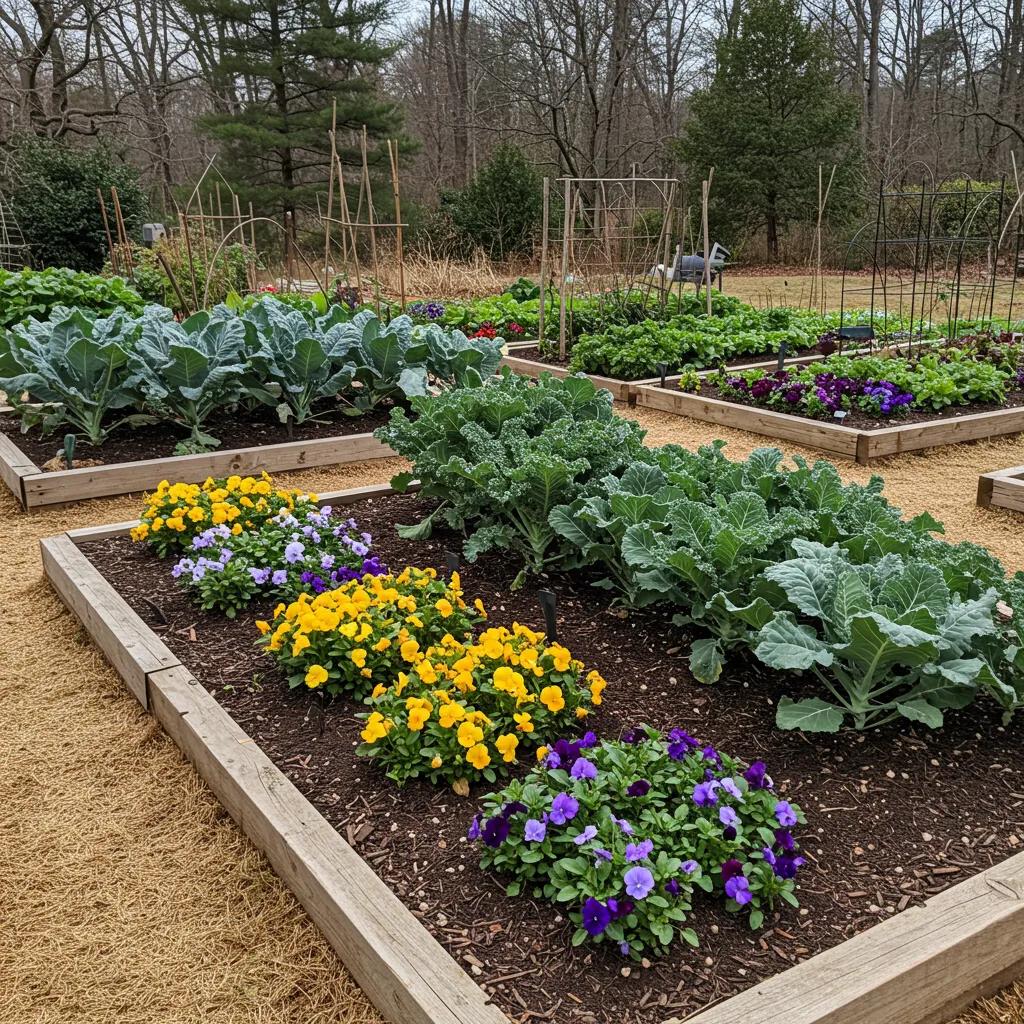
Effective winter landscaping preparation in Atlanta goes beyond protecting plants from frost. It’s about planning ahead with the right plant choices, improving soil health, keeping garden beds clean, and preventing pests so your landscape stays healthy and attractive even during the colder months. With the right approach, your garden can remain productive and visually appealing well into winter.
Which Vegetables and Flowers Can You Plant or Keep Growing in Georgia Winters?
Georgia’s mild winters make it possible to grow a variety of hardy vegetables and flowering plants. Cool-season crops like kale, collards, spinach, and other brassicas thrive in zones 7b to 8b and often taste better after a light frost. Leafy greens such as spinach and lettuce can continue producing fresh harvests throughout mild winter days. For a splash of color, winter annuals like pansies, snapdragons, and ornamental cabbages are reliable choices that brighten up beds and borders when most plants are dormant. Selecting these resilient varieties ensures your garden remains both productive and visually interesting during the cooler season.
How Do You Improve Soil and Manage Compost for Winter Gardens?
Soil preparation is one of the most important parts of winter landscaping preparation. Working 2 to 3 inches of well-aged compost into your garden beds increases organic matter, improves drainage, and slowly releases nutrients to support plant health. When turning the soil, avoid disturbing the root systems of existing plants. After amending, cover the surface with mulch to retain soil warmth, conserve moisture, and encourage beneficial microbial activity that supports spring growth. This step creates a stable environment for roots and keeps the soil in peak condition throughout winter.
Why Is It So Important to Remove Debris and Leaves From Your Winter Garden?
Clearing fallen leaves, old stems, and other plant debris from your garden is more than just tidying up. Decaying organic matter can harbor fungal spores and provide hiding spots for overwintering pests, leading to disease and infestation problems later on. A clean garden bed improves air circulation, reduces moisture buildup that can cause rot, and sets the stage for healthier perennials and early spring growth. Regular cleanup throughout the season also helps mulch and compost do their job more effectively.
How Can You Prevent Common Winter Garden Diseases and Pests in Georgia?
Winter may slow plant growth, but it doesn’t stop pests and diseases from taking hold. Practicing crop rotation reduces soil-borne disease buildup, while planting disease-resistant varieties offers extra protection. Inspect your garden regularly for signs of scale insects or aphids, which often hide beneath mulch layers. Introducing beneficial nematodes in late fall can help control soil-dwelling pests before they become active again in spring. Consistent monitoring and proactive prevention ensure your winter garden remains healthy and resilient.
Setting the Stage for a Thriving Spring Garden
Thoughtful winter landscaping preparation pays off when spring arrives. By planting hardy varieties, improving soil quality, keeping garden beds clean, and staying ahead of pests and diseases, you help your garden survive the colder months and return stronger when temperatures rise. With these steps in place, your landscape will not only endure the winter but also emerge ready for a season of growth, color, and productivity.
How Do You Winterize Irrigation Systems and Outdoor Features in Georgia?
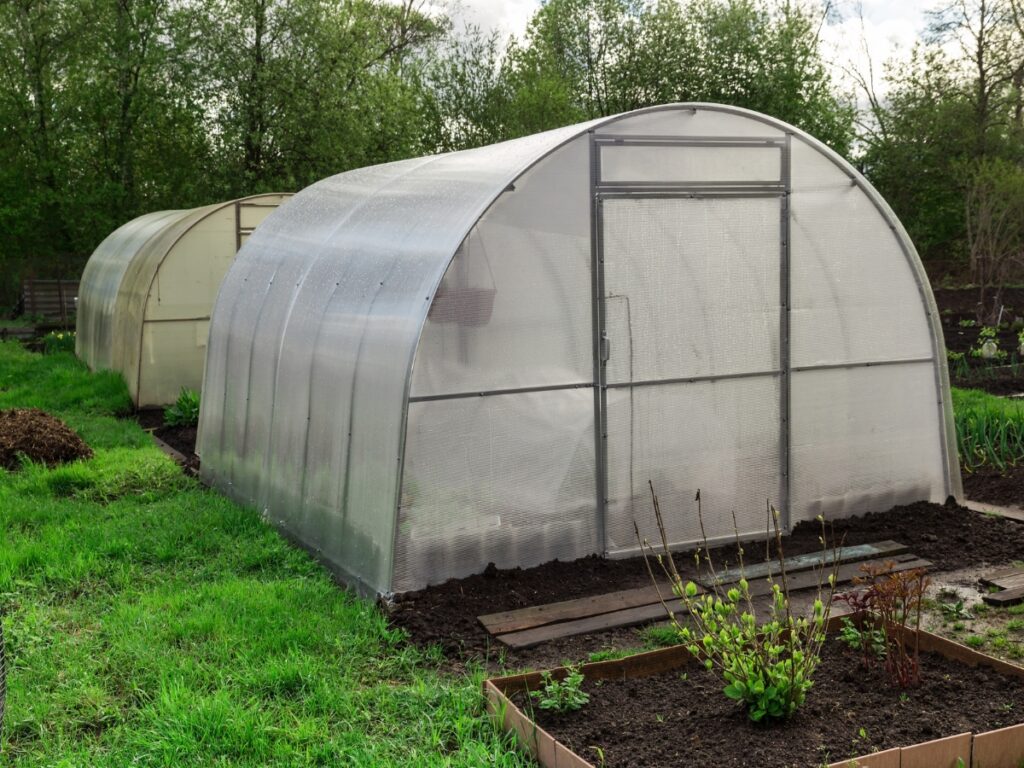
A key part of winter landscaping preparation in Georgia is protecting your irrigation system and outdoor water features before the first hard freeze. Proper winterization prevents expensive damage, extends the life of your equipment, and ensures everything is ready to work efficiently when spring arrives. Taking care of this task early can save you from burst pipes, water leaks, and unexpected repair costs once temperatures drop.
What Are the Steps to Properly Drain and Winterize Sprinkler Systems?
The first step is to shut off the main water supply valve to the irrigation system, which stops water from flowing into the lines. Once the supply is off, release any pressure from the backflow preventer to prevent freezing damage to that crucial component. Next, use an air compressor to blow out the remaining water from each irrigation zone. Keeping the pressure around 40 to 50 psi ensures you clear the lines thoroughly without damaging valves or sprinkler heads. Finally, open all drain valves and check each zone carefully to confirm that no water is left inside the pipes. Even a small amount of moisture can freeze, expand, and cause cracks, so this step is essential to fully winterize your sprinkler system.
How Should You Protect Outdoor Faucets, Hoses, and Water Features?
Outdoor faucets and hoses are especially vulnerable to freezing temperatures, so they need extra attention. Start by disconnecting all hoses and draining them completely before storing them indoors. Once the faucets are drained, cover them with insulated faucet covers to keep them protected through the cold months. Water features like fountains and birdbaths should also be drained and cleaned before winter sets in. Any removable components, such as pumps or decorative attachments, should be stored in a dry, temperature-controlled space like a shed or garage. These precautions prevent cracks in ceramic or concrete structures and protect mechanical parts from freeze damage.
Why Is Timely Irrigation Winterization So Important to Prevent Damage?
Water expands as it freezes, and even a small amount trapped in your irrigation system or outdoor plumbing can cause serious damage. Cracked pipes, broken valves, and damaged sprinkler heads can lead to leaks, water waste, and expensive repairs. Completing your irrigation winterization by mid-November is ideal for Georgia’s climate because it allows you to prepare before consistent freezing temperatures arrive. This early action protects both your landscaping investment and the infrastructure that keeps it healthy year-round.
Dormant Pruning and Irrigation System Winterization in Georgia
Once your irrigation system is secure, it’s a good time to focus on dormant pruning, another crucial step in winter landscaping preparation. Pruning trees and shrubs while they are dormant promotes strong spring growth and helps prevent disease. When combined with proper irrigation winterization, these seasonal tasks give your landscape a strong foundation to thrive when warmer weather returns. With everything protected and prepared, your outdoor spaces will transition smoothly from winter dormancy to vibrant spring growth.
When and How Should You Prune Trees and Shrubs for Winter Health in Georgia?
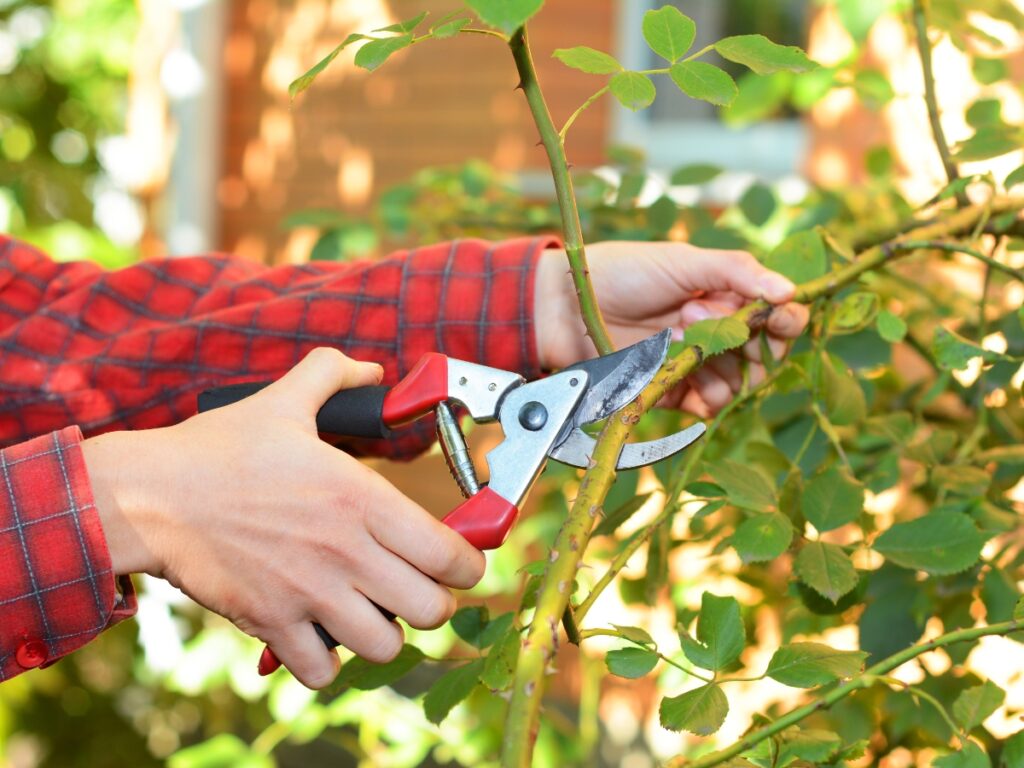
Pruning trees and shrubs during the dormant season is one of the most important steps in winter landscaping preparation. This practice improves plant structure, boosts disease resistance, and sets the stage for strong spring growth. By removing damaged, diseased, or overcrowded branches while plants are inactive, you help them conserve energy and channel resources into healthy new growth once the weather warms.
What Are the Advantages of Dormant Pruning for Georgia Landscapes?
Dormant pruning offers several key benefits for Georgia landscapes. Because plants are not actively growing, pruning during this time minimizes sap loss and reduces the likelihood of attracting pests that thrive on fresh cuts. It also promotes strong bud development for the upcoming season. Clean cuts heal faster in winter since there is no foliage competing for nutrients, which helps prevent the spread of disease. As a result, your trees and shrubs emerge in spring healthier, stronger, and better prepared for new growth.
How Do You Safely Prune Deciduous Trees in Winter?
When pruning deciduous trees, focus on removing any dead, crossing, or weak branches to improve the tree’s overall structure. Use sharp bypass pruners and make clean cuts just above the branch collar, which is the slightly raised area where the branch meets the trunk. This encourages proper healing and reduces the risk of infection. It’s best to avoid pruning large limbs on extremely cold days, as the bark can become brittle and may split. Inspect the tree from different angles as you work to maintain a balanced canopy and prevent future crowding.
What Are the Best Practices for Pruning Evergreen Shrubs During Winter?
Evergreen shrubs benefit from light pruning during winter to maintain their shape and encourage better air circulation. Avoid cutting too deeply into older wood, as this can expose the plant’s interior and slow its recovery. Instead, focus on trimming back overgrown tips and thinning out crowded areas. Always disinfect your pruning tools between plants to prevent the spread of fungal infections or other diseases. With proper care, evergreen shrubs will retain their shape and vitality throughout the colder months.
How Should You Remove Dead or Diseased Branches Before Winter Arrives?
A critical part of winter landscaping preparation is identifying and removing branches that are dead or diseased before freezing temperatures set in. Look for warning signs such as brittle twigs, discolored bark, or sunken cankers. When you spot them, make your cut at least six inches below the affected area to ensure you remove all infected tissue. Dispose of the debris away from healthy plants to prevent disease from spreading back into your landscape. Addressing these issues before winter not only protects your plants now but also gives them a stronger, healthier start in spring.
Final Thoughts on Pruning as Part of Winter Landscaping Preparation
Pruning is one of the most effective ways to protect and strengthen your landscape during Georgia’s cooler months. When combined with other seasonal tasks like mulching, irrigation winterization, and frost protection, it forms the foundation of a resilient outdoor space. By taking the time to prune correctly and thoughtfully during dormancy, homeowners can ensure that their trees and shrubs remain healthy, attractive, and ready to thrive when warmer weather returns.
Conclusion
Proper winter preparation is the key to protecting your Georgia landscape from frost, soil erosion, and unpredictable temperature swings—ensuring your lawn and garden return healthier and more vibrant in the spring. At Legacy Landscape Design, we offer landscaping services to help you prepare for the winter, from mulching and pruning to soil aeration, that safeguard your outdoor investment through the colder months. Don’t leave your landscape to chance this winter: Call 770-427-2026 or fill out our contact form today for a personalized plan. Let’s work together to keep your property resilient, beautiful, and ready for spring.
